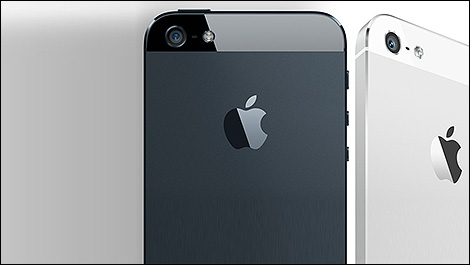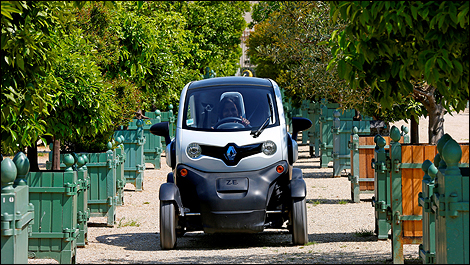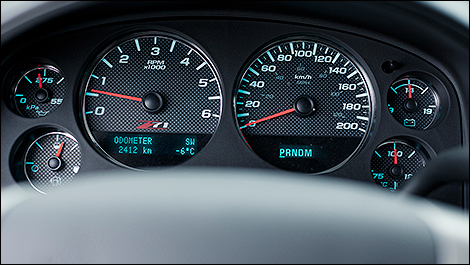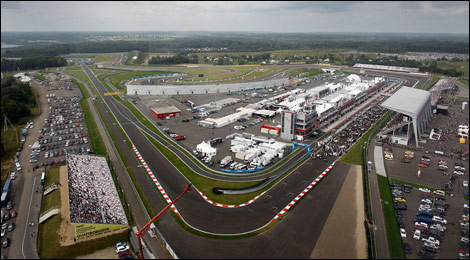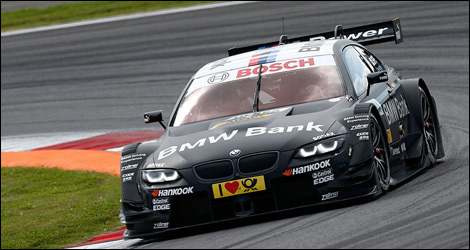Aug
5th
Stay connected Subscribe to our RSS feed
Charging towards the future
The maniacal pursuit of a solution for the future of mobility rages on. Manufacturers are scrambling to introduce their version of what will be (according to them) the solution. The key to consideration is offering something in every current cool or modern segment or sub-segment.
BMW is trying something a little different.
When they announced the “i” cars, the intention was to introduce the EV 2.0. Now, it's a done deal.
A revolution
The 2014 BMW i3 is, according to BMW, a revolutionary shift in what the next electric car is. I will wait to drive the car and ideally live with it for a weeklong test before I agree with the statement. For the moment, it looks that way on paper.
What I do agree with is what the “i” stands for: innovation/intelligent. This may also prove to be one of the most important days in the company's history. Clearly, this is big.
What the i3 could be is a shift in society that becomes a way of living. 130 years ago, individual mobility consisted of the horse-drawn carriage; then the car arrived. In BMW's words, the i3 is a reform, the next step, in individual mobility.
Here are more BMW words: They liken the i3 to what the mobile phone has done to society, but in urban mobility terms.
A new way to build
The arrival of the i3 ushers in a new era of true sustainable mobility. It all begins in the way the car comes together. The carbon-fibre reinforced plastics (CFRP) used for the all-new platform are made with the help of renewable hydroelectric power in the State of Washington. From there, the material goes to Leipzig, Germany where wind power is sourced for the assembly of the i3.
The entire production process is far more efficient and clean when compared to, for example, a 1 Series. Many building steps of the 1 Series are not necessary for the i3.
All forms of metalwork are skipped and, therefore, a number of steps and processes (including materials, chemicals) are unnecessary. In fact, all CFRP parts remain unpainted, only the thermoplastic body parts are. This also means that less tooling is required for the assembly process.
For those who want to know: up to 40 parts are made of CFRP on the new 2014 BMW i3. It might seem like very few, however, the entire structure of the i3 is made of CFRP and consists of only a handful of large fragments.
Design (and the materials used to bring designs to life) are evolving. The i3 and its use of CFRP and other materials shows that the move towards the over-used “sustainable” are inevitable. This also applies to the interior where renewable raw materials are found throughout.
The future of the car, the way they are envisioned and built, will continue to evolve. According to an expert, the next step will be a biological revolution -- but it is difficult to say exactly when it will occur. One thing is certain: the 2014 BMW i3 will be regarded as pivotal in the evolution of the car.
The maniacal pursuit of a solution for the future of mobility rages on. Manufacturers are scrambling to introduce their version of what will be (according to them) the solution. The key to consideration is offering something in every current cool or modern segment or sub-segment.
BMW is trying something a little different.
When they announced the “i” cars, the intention was to introduce the EV 2.0. Now, it's a done deal.
A revolution
The 2014 BMW i3 is, according to BMW, a revolutionary shift in what the next electric car is. I will wait to drive the car and ideally live with it for a weeklong test before I agree with the statement. For the moment, it looks that way on paper.
What I do agree with is what the “i” stands for: innovation/intelligent. This may also prove to be one of the most important days in the company's history. Clearly, this is big.
What the i3 could be is a shift in society that becomes a way of living. 130 years ago, individual mobility consisted of the horse-drawn carriage; then the car arrived. In BMW's words, the i3 is a reform, the next step, in individual mobility.
Here are more BMW words: They liken the i3 to what the mobile phone has done to society, but in urban mobility terms.
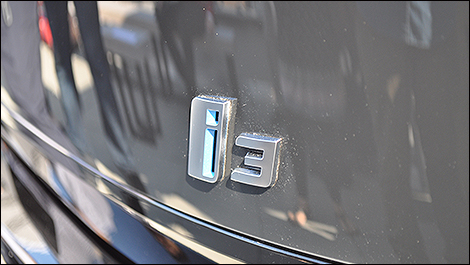 |
| Photo: Mathieu St-Pierre |
A new way to build
The arrival of the i3 ushers in a new era of true sustainable mobility. It all begins in the way the car comes together. The carbon-fibre reinforced plastics (CFRP) used for the all-new platform are made with the help of renewable hydroelectric power in the State of Washington. From there, the material goes to Leipzig, Germany where wind power is sourced for the assembly of the i3.
The entire production process is far more efficient and clean when compared to, for example, a 1 Series. Many building steps of the 1 Series are not necessary for the i3.
All forms of metalwork are skipped and, therefore, a number of steps and processes (including materials, chemicals) are unnecessary. In fact, all CFRP parts remain unpainted, only the thermoplastic body parts are. This also means that less tooling is required for the assembly process.
For those who want to know: up to 40 parts are made of CFRP on the new 2014 BMW i3. It might seem like very few, however, the entire structure of the i3 is made of CFRP and consists of only a handful of large fragments.
Design (and the materials used to bring designs to life) are evolving. The i3 and its use of CFRP and other materials shows that the move towards the over-used “sustainable” are inevitable. This also applies to the interior where renewable raw materials are found throughout.
The future of the car, the way they are envisioned and built, will continue to evolve. According to an expert, the next step will be a biological revolution -- but it is difficult to say exactly when it will occur. One thing is certain: the 2014 BMW i3 will be regarded as pivotal in the evolution of the car.
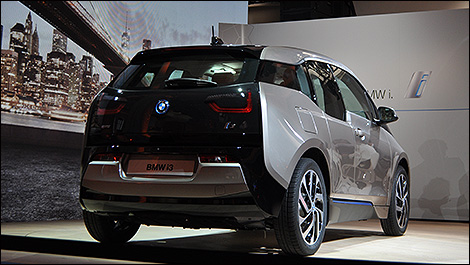 |
| Photo: Mathieu St-Pierre |
Continue reading 2014 BMW i3: The new reality of urban mobility
 The latest auto news, reviews, prices, product and vehicle releases.
The latest auto news, reviews, prices, product and vehicle releases. 